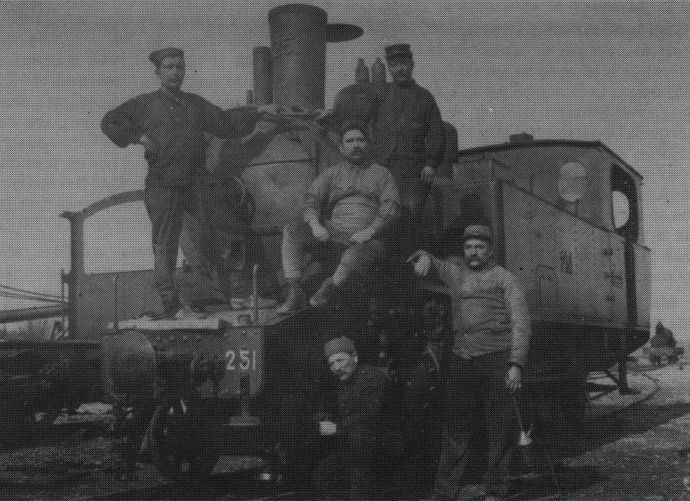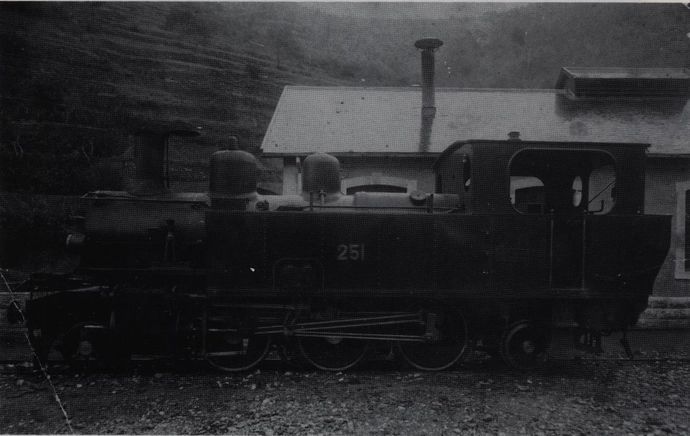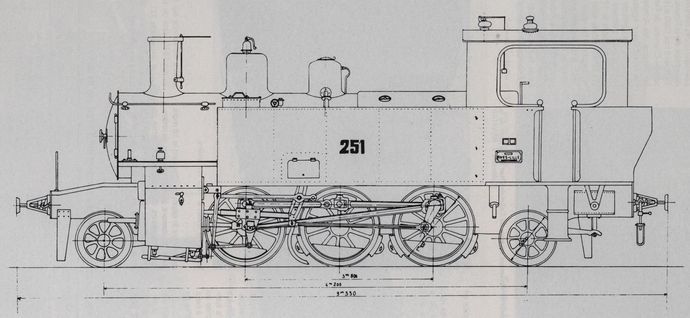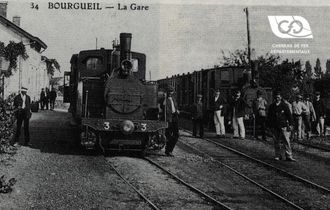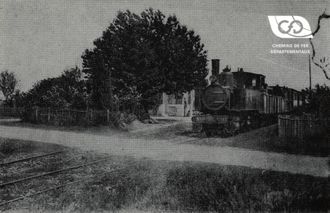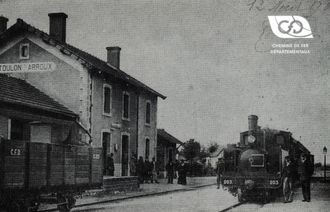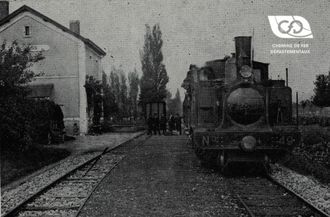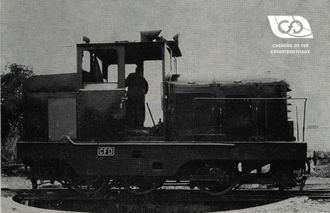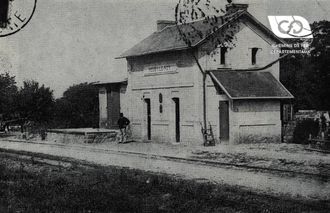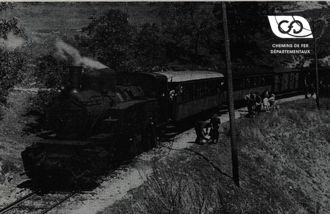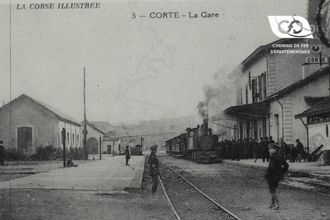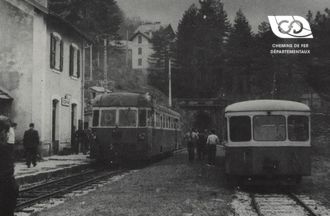History of the locomotive type 250
Since July 1903, the Vivarais network had received its final form and all the isolated lines had been connected together. As a result, some trains making several connections during their journey had a route traced at the limit of the locomotives' possibilities. When at the departure station, the P.L.M. train, whose C.F.D. had to wait for its arrival to be able to use the common trunk, either at La Voulte-sur-Rhône or Tournon, with delay, the locomotive engineers, in order to ensure the planned connection to the other stations, were obliged to reach exaggerated speeds, which the machines were not able to support, even at a reduced load, because of the exiguity of their heating surface. This was a common occurrence with train No. 24 leaving La Voulte-sur-Rhône at 8.00 am and arriving at Dunières at 1.45 pm.
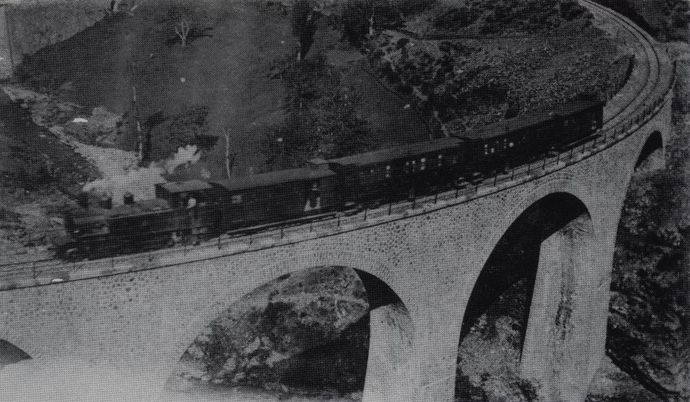
These tense steps brought to the fore the notion of speed which, until then, had remained relatively rare in the eyes of the Company. The C.F.D. therefore planned to have their engineers build a new type of machine. To this end, they looked for a suitable model among the locomotives in service on the French networks. The type in use on the Alpes network of the Compagnie du Sud-France seemed to be able to give them satisfaction. Also built by the S.A.C.M., under reference 144, it was proposed to the Railway Commission of the Ministry of Public Works, after modification by adaptation of the Compound system. After approval dated 5 December 1904, a detailed study of the type chosen was carried out and it was found that this new machine would not be sufficiently stable, because of the irrational distribution of the load between the power train and the bogie and the fact that it would require considerable lateral displacement of the bogie to be included in curves with a radius of 100 m. Consequently, the C.F.D. turned to a model with a front bissel and rear carrying axle. This new proposal was accepted by the Minister on November 27, 1905.
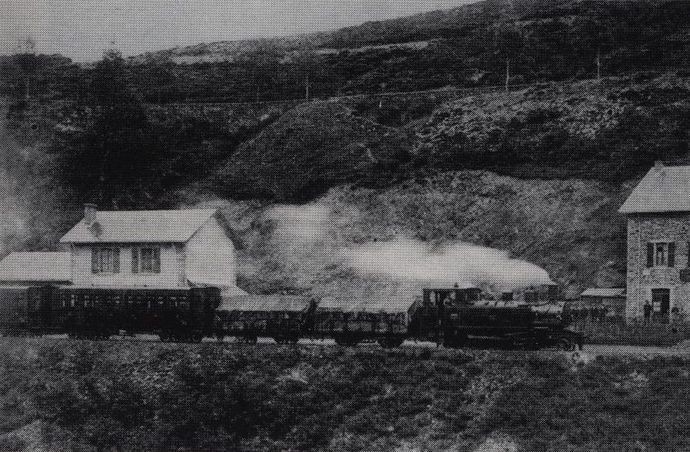
An invitation to tender issued in December 1905 for the supply of a prototype, with an option to purchase two other units if the tests were successful, did not obtain the expected result and only the Fives-Lille Company agreed to supply such a machine , listed by it under the type number 118. The C.F.D. named it type 250, whose series was to include locomotives no. 251 to 253.





